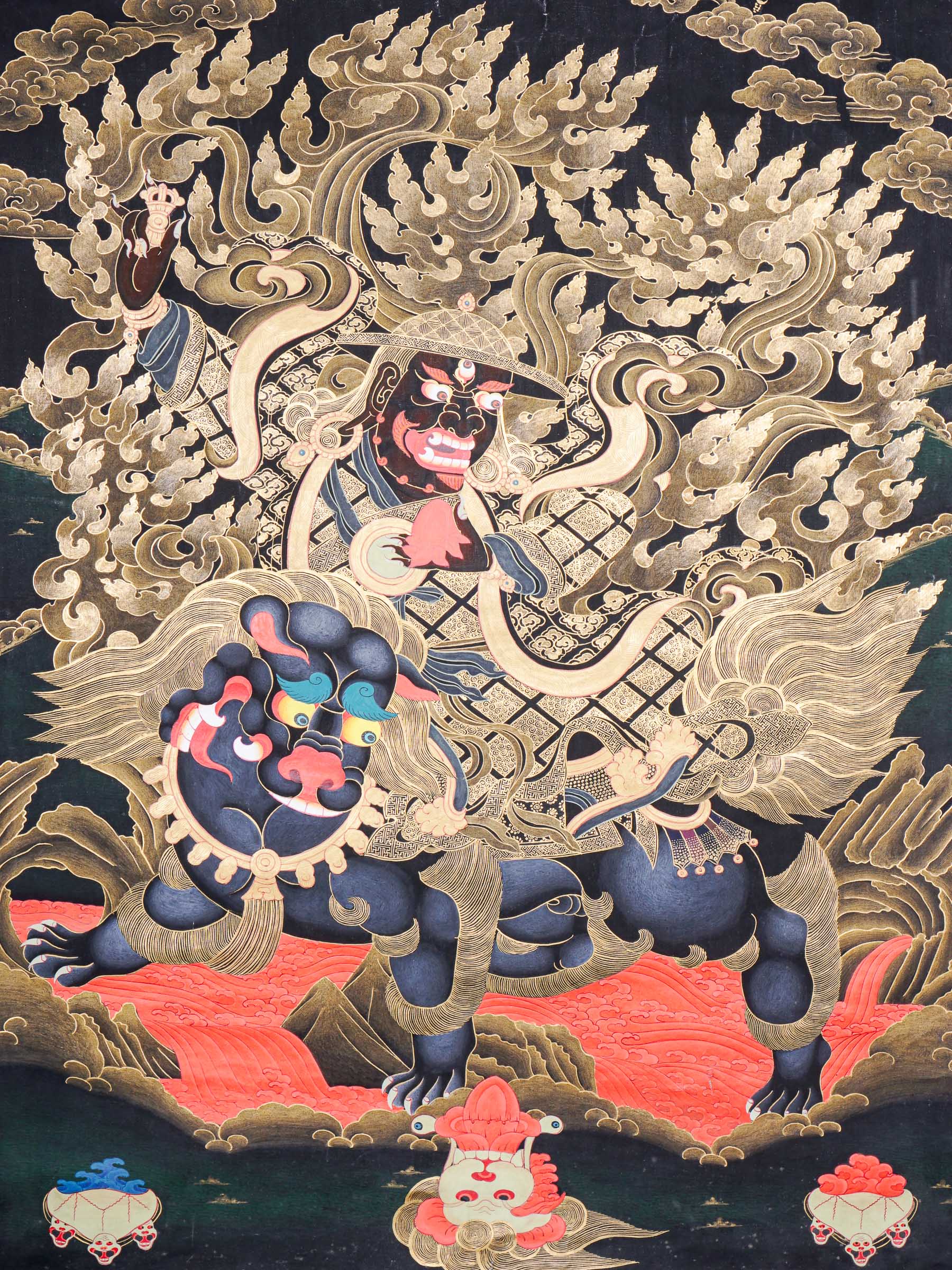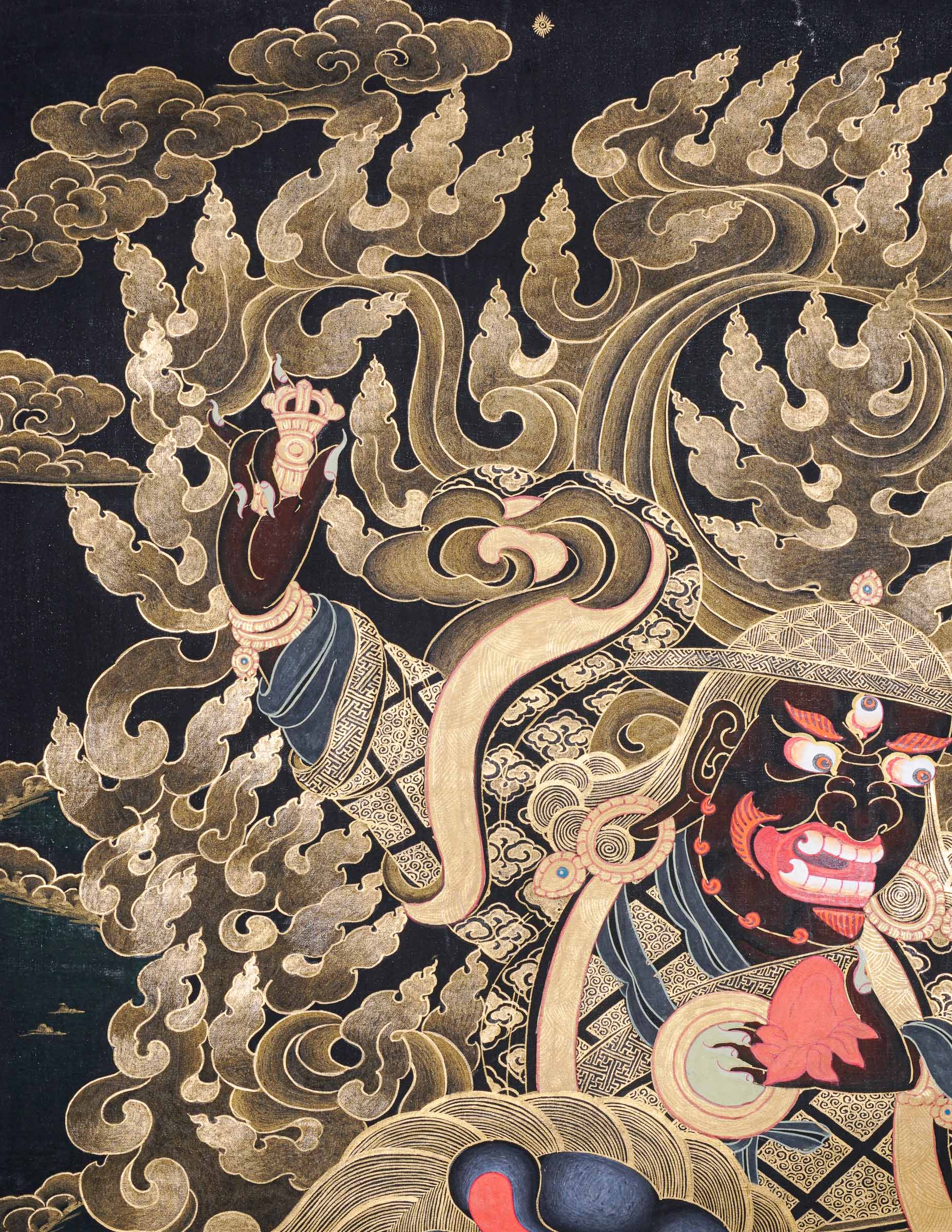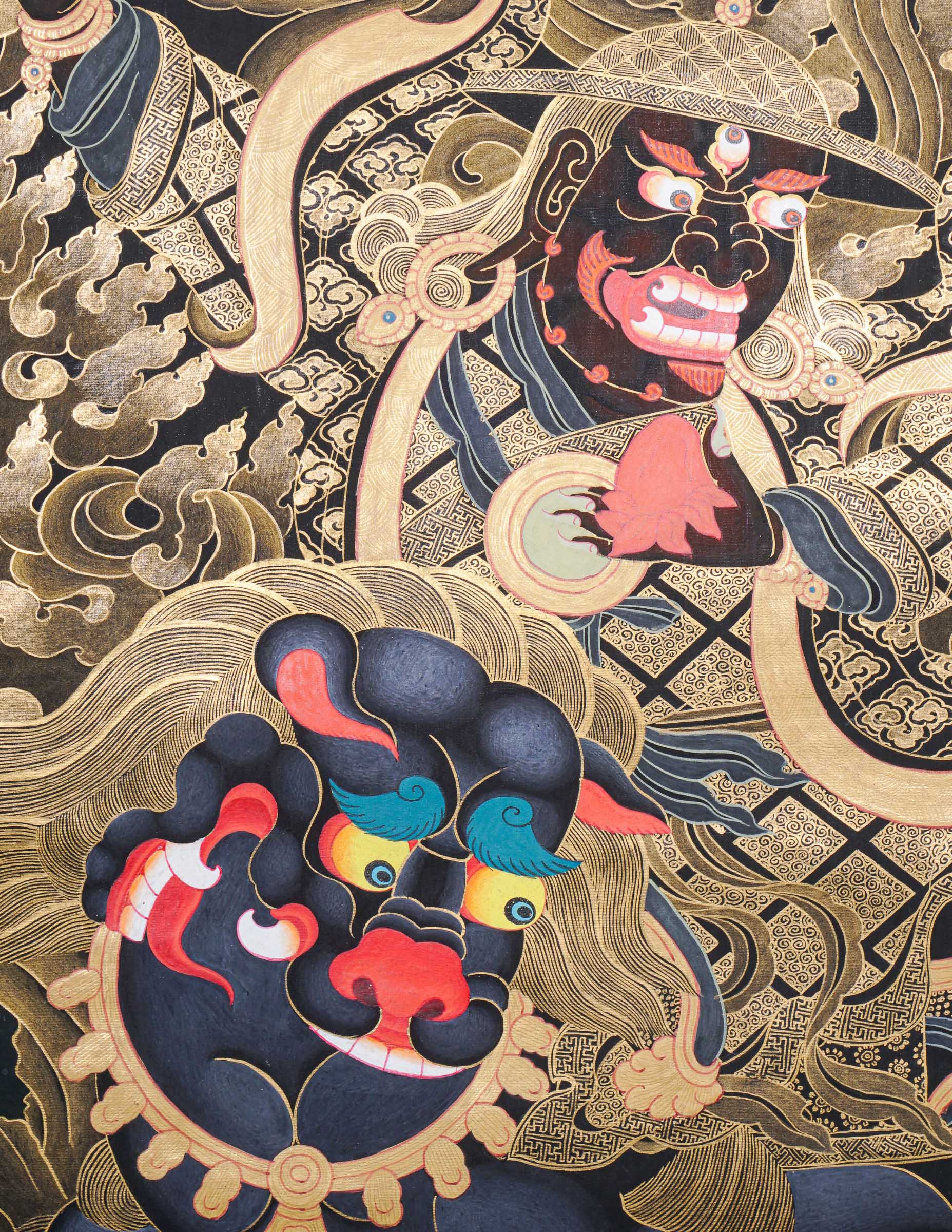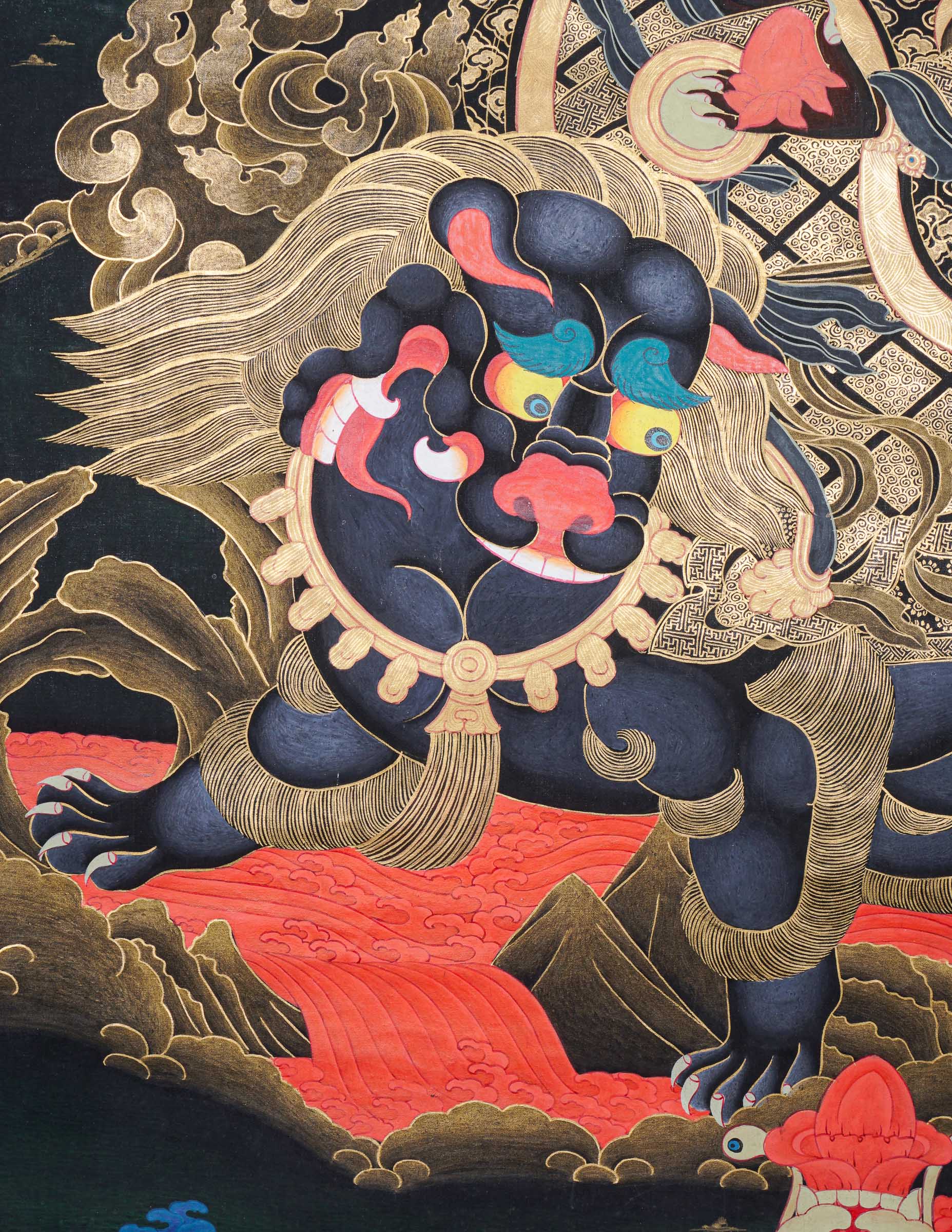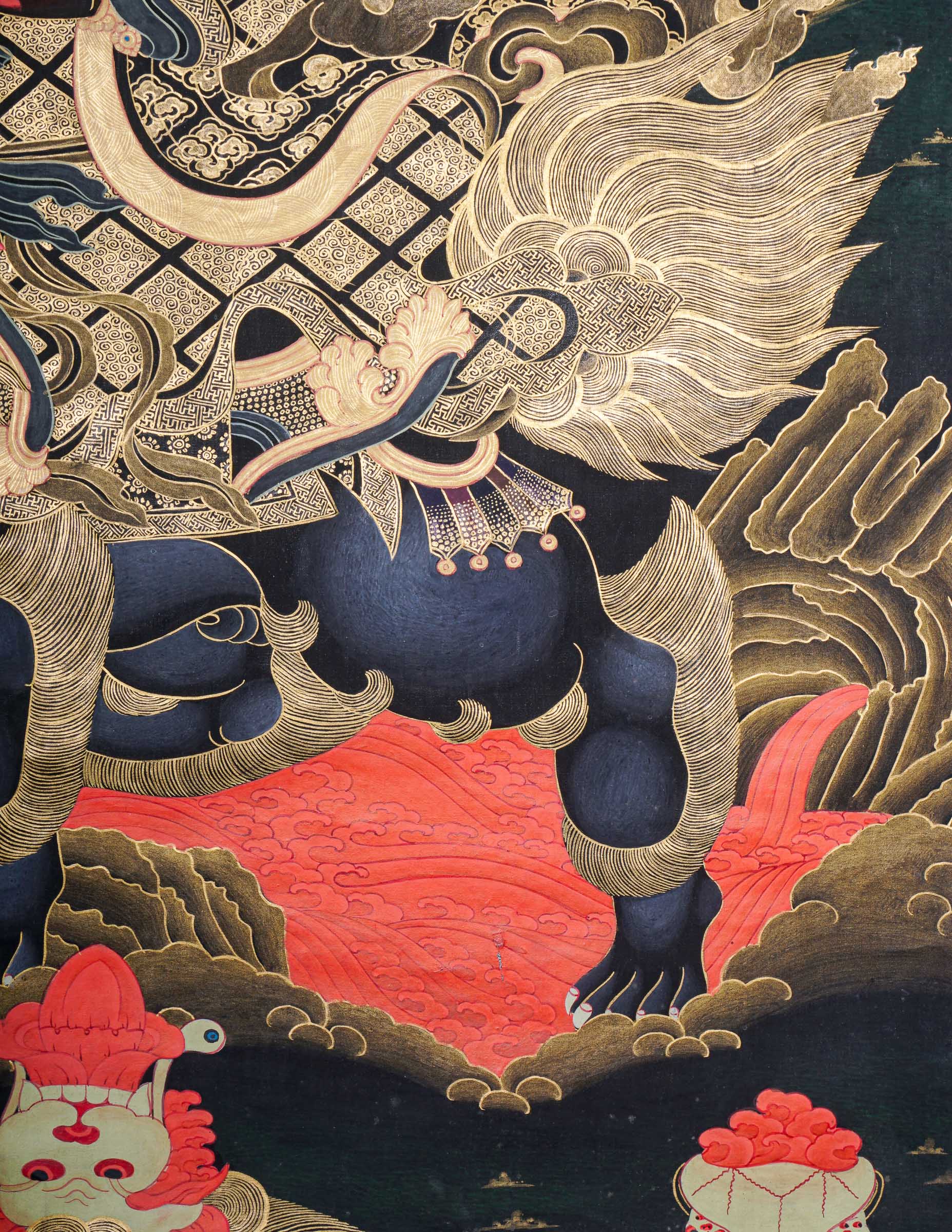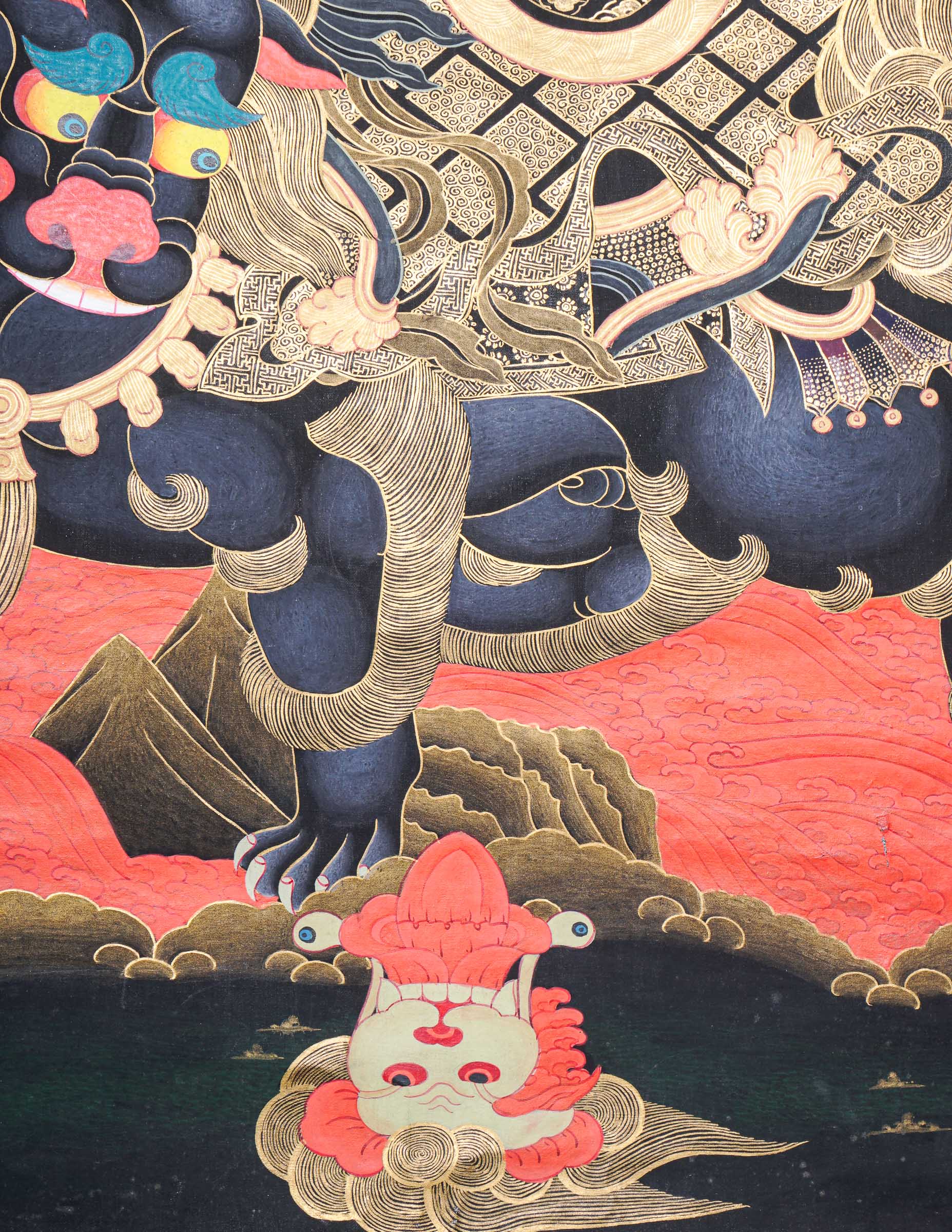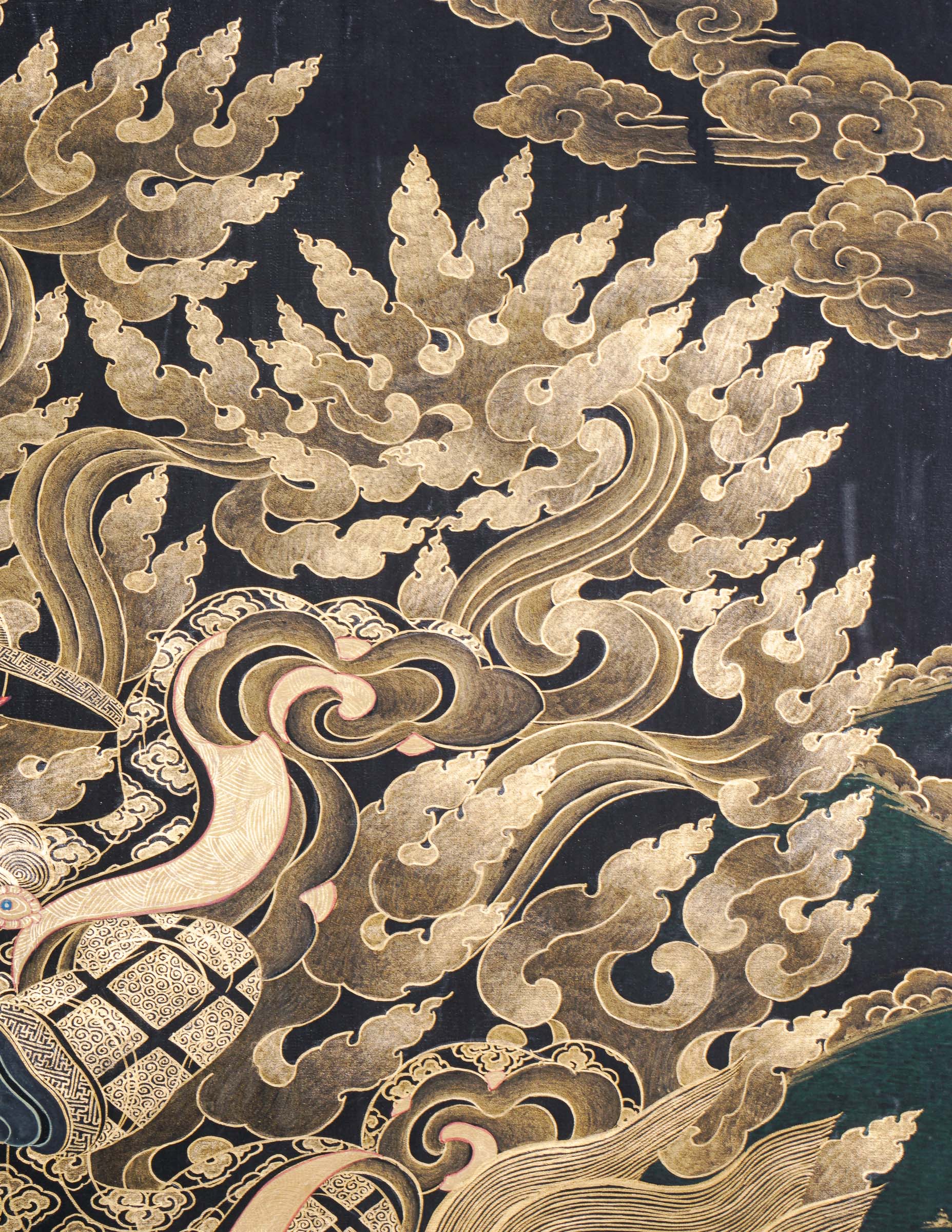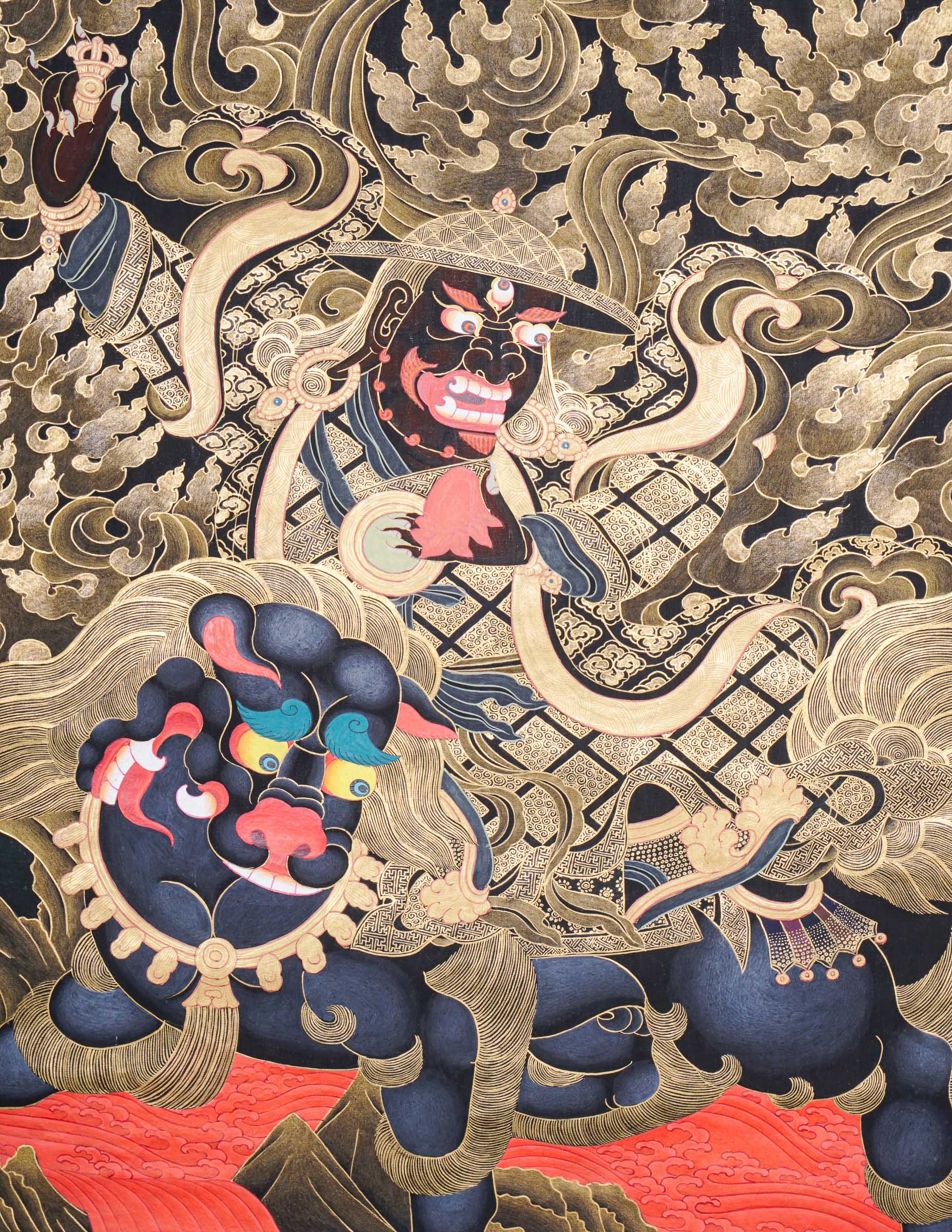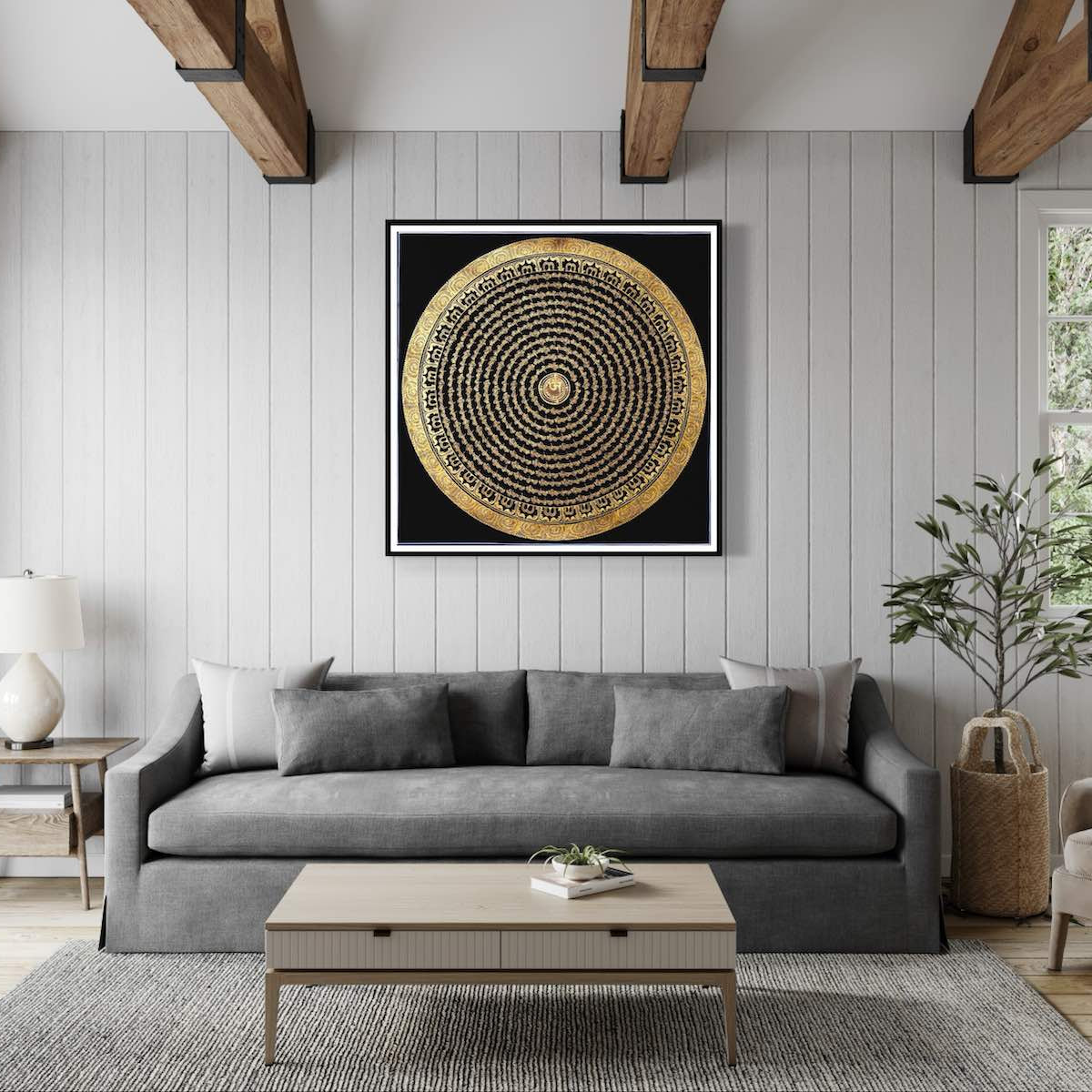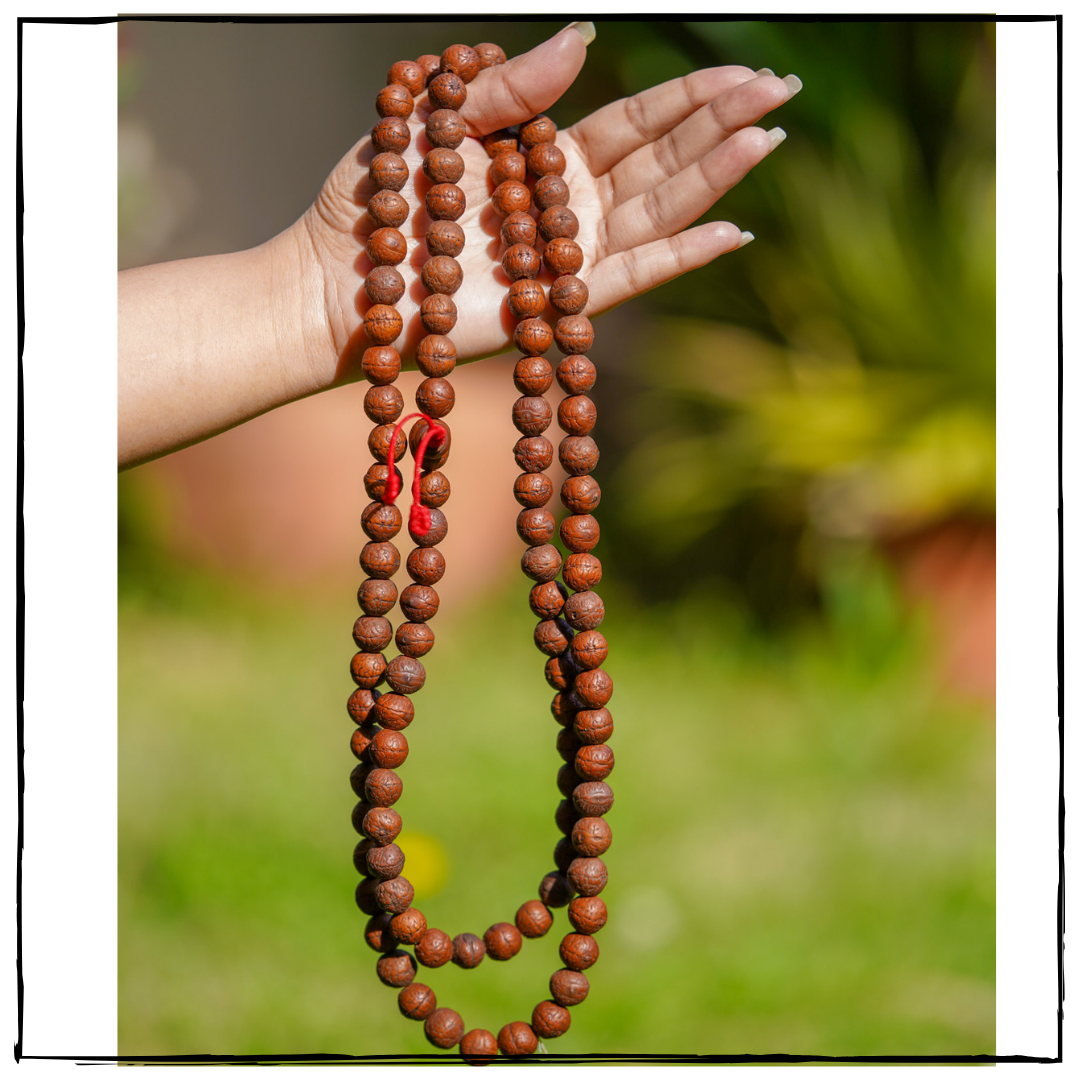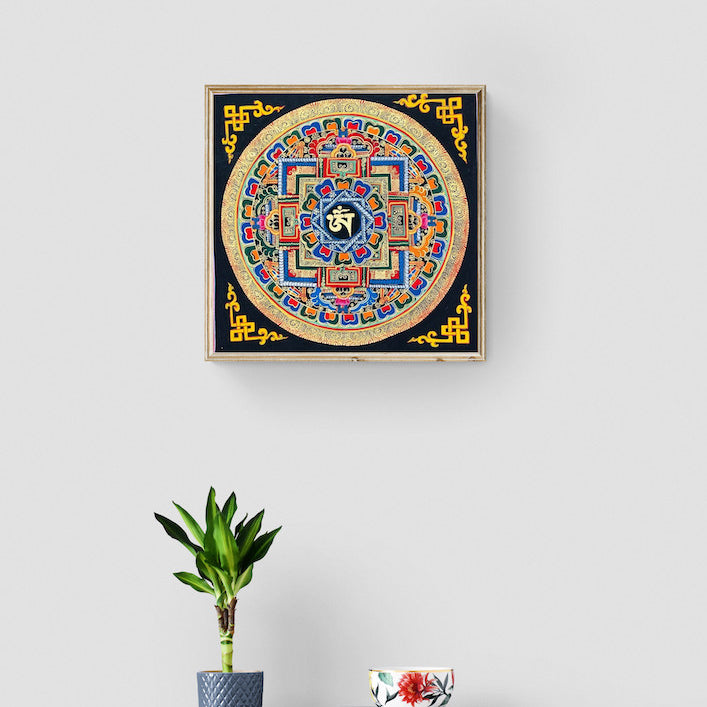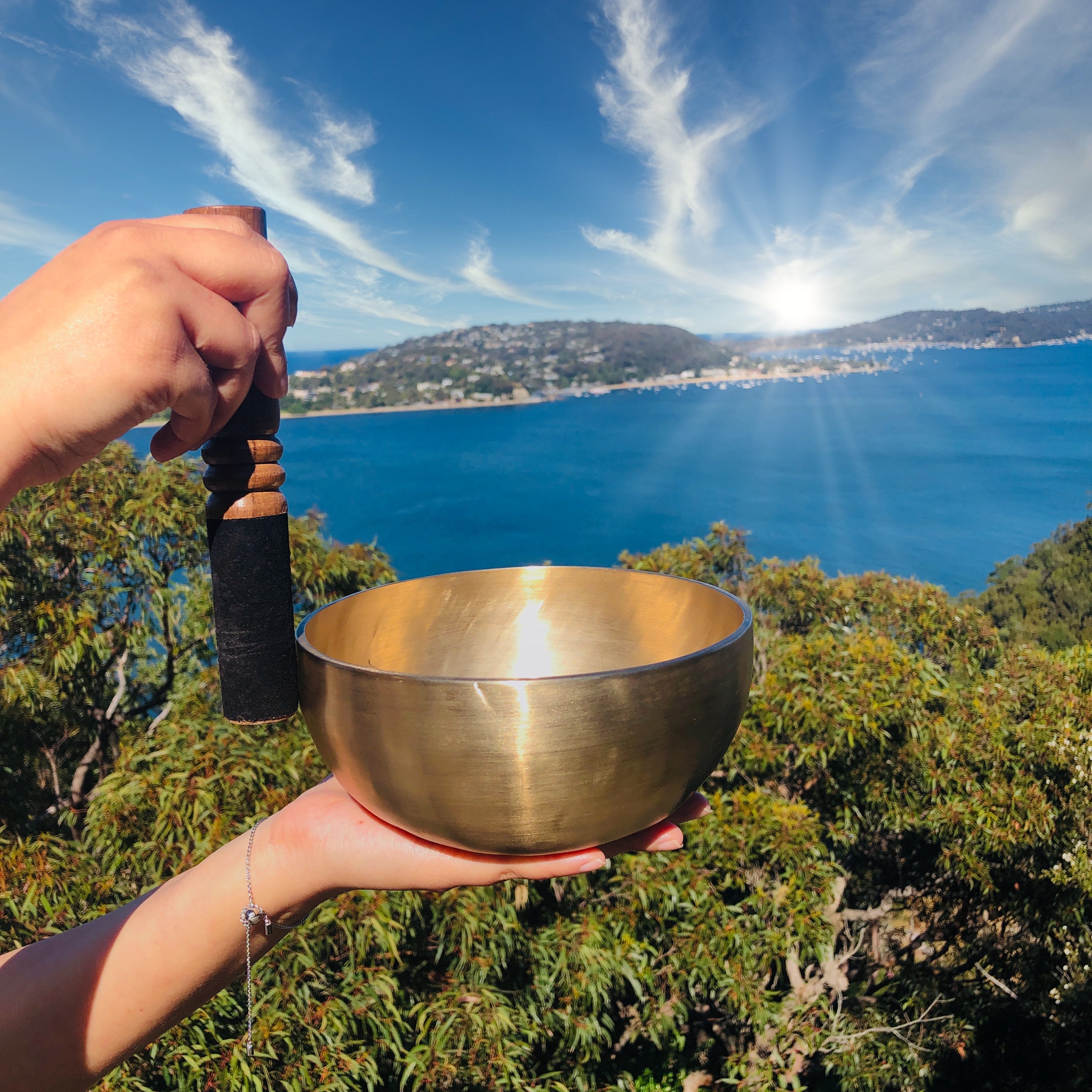Dorje Drolo Thangka Painting
Couldn't load pickup availability
Description
The Dorje Drolo Thangka is a Tibetan Buddhist painting of the wrathful form of Guru Rinpoche, used for protection and subjugation of negativity. It is made on cotton canvas using mineral pigments, rich in symbolic and spiritual value. The thangka serves as an object of devotion, meditation aid, and protective talisman for practitioners to connect with the transformative energy of Dorje Drolo.
Key Features:
- Iconography: Dorje Drolo is depicted as powerful, subduing harmful spirits and obstacles with a fierce expression. He rides a tigress, symbolizing his control over primal forces and ability to navigate the mind's wilderness. Flames surround him, representing his ability to purify and remove obstacles.
- Attributes: Dorje Drolo holds various tantric implements to represent his mastery over esoteric practices and negative forces. He also adorns traditional bodhisattva ornaments, including a garland of severed heads to symbolize transcending ego and delusion.
- Symbolism: Dorje Drolo is a fierce and compassionate protector against negative forces and obstacles. His depiction symbolizes the transformation of negative energies into enlightened awareness. As a manifestation of Guru Rinpoche, he embodies the powerful aspect of the enlightened mind, dedicated to the benefit of all sentient beings.
Product Specification:
- Hand Painted
- Size: 58 cm x 44 cm
- Base: Cotton Canvas
- Origination: Nepal

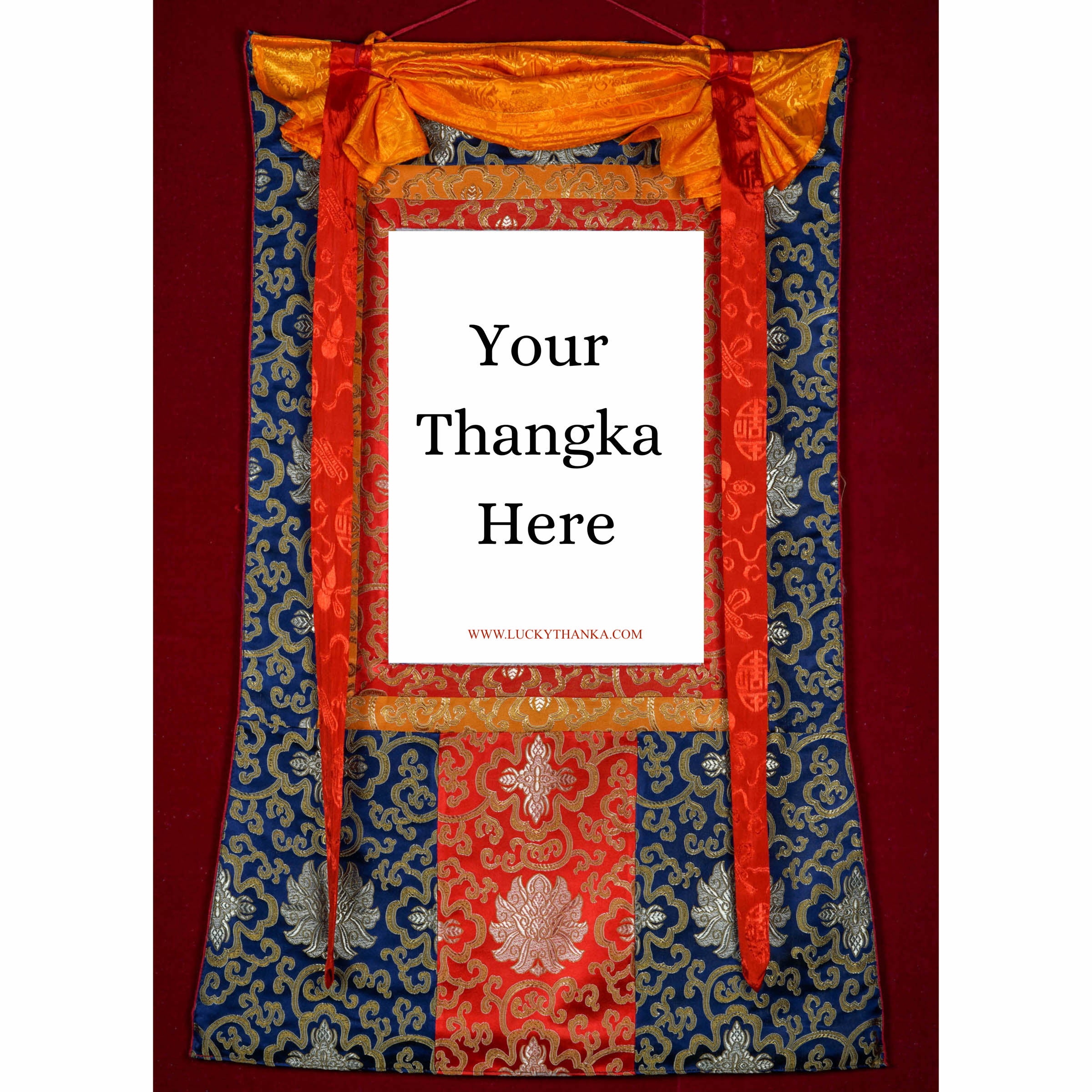
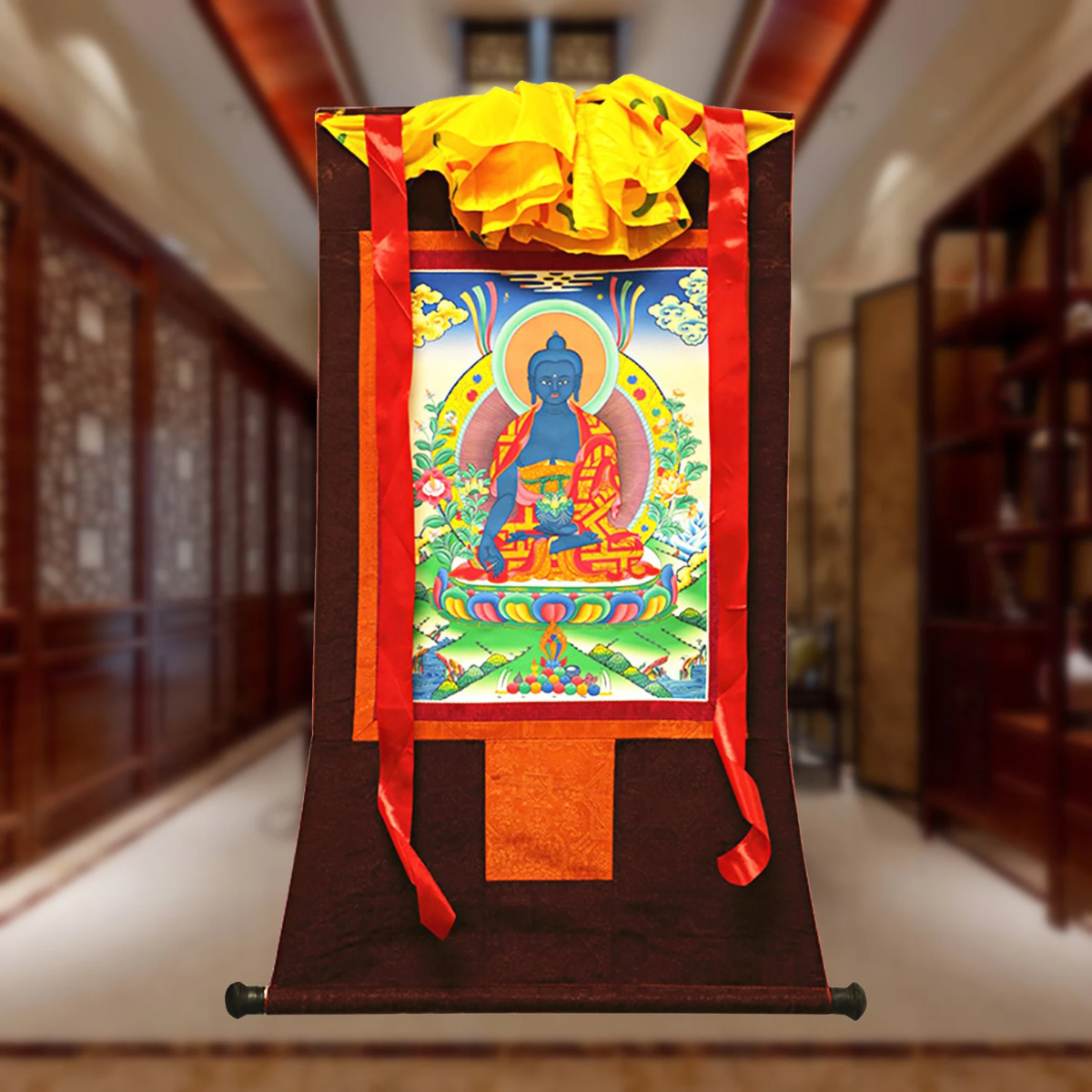
Hand Embroidery Brocade
Want to add a Brocade to your beautiful Thangka Painting? Traditional Style Brocade has been one of the most popular form of mounting as it has a greater religious merit.
Note: Make sure you have added the Thangka to your cart first.
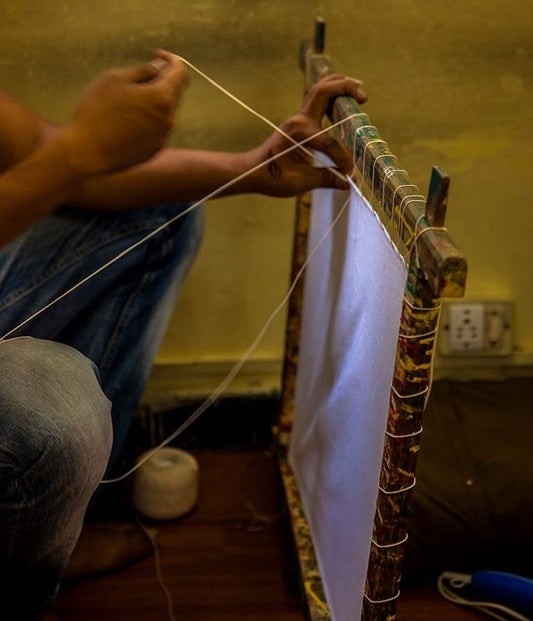
100% Cotton Canvas
Preparing the Cotton canvas before starting to paint a Thangka. This process includes washing, drying, stretching, sizing and everything needed to make a perfect base for the thangka to last for centuries.
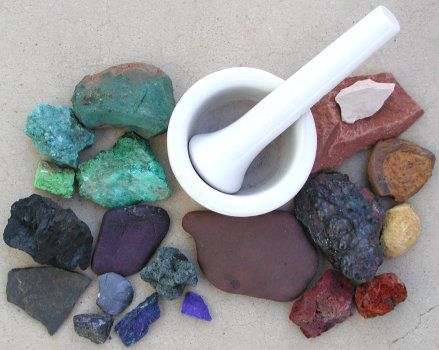
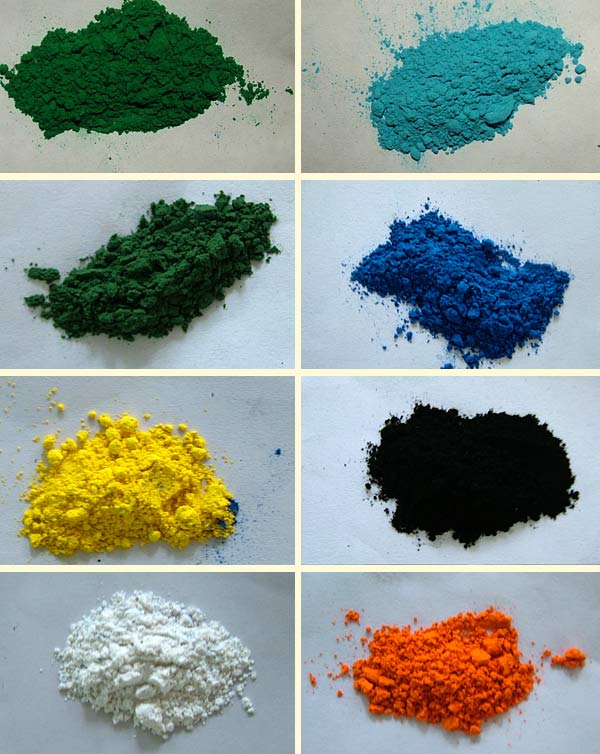
Natural Minerals
Thangka Paintings are painted using the natural minerals. These are firstly grind into the powder form and then used in the thangka as a paint.



